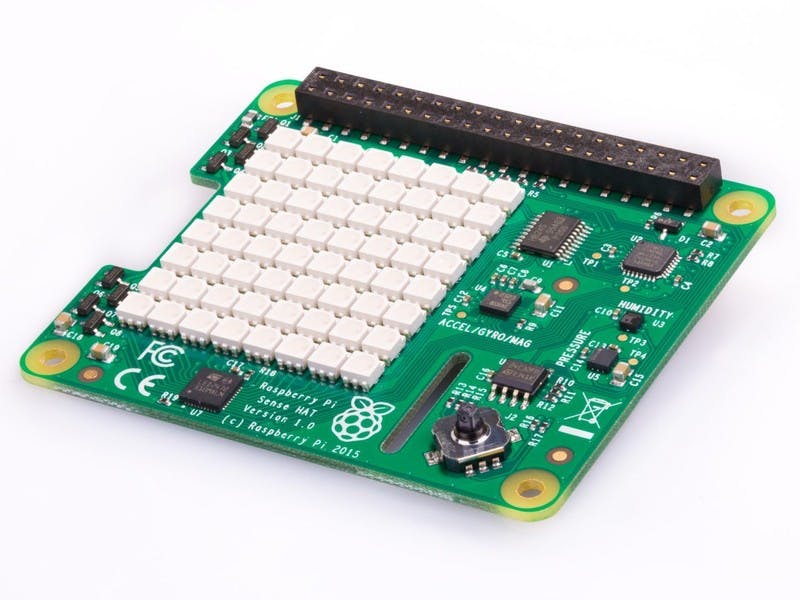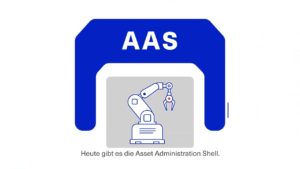There is a new data model in the subject of Environment, CarbonFootprint
CarbonFootprint. Data model to represent the carbon footprint in CO2 equivalents.
There is a new data model in the subject of Environment, CarbonFootprint
CarbonFootprint. Data model to represent the carbon footprint in CO2 equivalents.
There are 3 new data models in the subject device thanks to the contribution of the project P2CODE.

Thanks to the new contributors
In the data-models repository you can access to the first version to use smart data models as a service. Thanks to the works for the Cyclops project.
The files available create a wrap up around pysmartdatamodels package and also add one service for the online validation of NGSI-LD payloads.
Here is the readme contents to have an explanation of this first version
This project consists of two main components:
pysdm_api3.py) that provides access to Smart Data Models functionalitydemo_script2.py) that demonstrates the API endpointspysdm_api3.py)A RESTful API that interfaces with the pysmartdatamodels library to provide access to Smart Data Models functionality.
| Endpoint | Method | Description |
|---|---|---|
/validate-url |
GET | Validate a JSON payload from a URL against Smart Data Models |
/subjects |
GET | List all available subjects |
/datamodels/{subject_name} |
GET | List data models for a subject |
/datamodels/{subject_name}/{datamodel_name}/attributes |
GET | Get attributes of a data model |
/datamodels/{subject_name}/{datamodel_name}/example |
GET | Get an example payload of a data model |
/search/datamodels/{name_pattern}/{likelihood} |
GET | Search for data models by approximate name |
/datamodels/exact-match/{datamodel_name} |
GET | Find a data model by exact name |
/subjects/exact-match/{subject_name} |
GET | Check if a subject exists by exact name |
/datamodels/{datamodel_name}/contexts |
GET | Get @context(s) for a data model name |
The /validate-url endpoint performs comprehensive validation:
demo_script2.py)A simple interactive script that demonstrates the API endpoints by opening a series of pre-configured URLs in your default web browser.
my_web_urls listpython demo_script2.pyThe demo includes examples of:
pip install fastapi uvicorn httpx pydantic jsonschema
python pysdm_api3.py
python demo_script2.py
Edit the my_web_urls list in demo_script2.py to change which endpoints are demonstrated.
Apache 2.0
There are 20 new data models in the subject Zero Emission Buildings belonging to the Smart cities domain
Thanks to the contributors of Mitsubishi electric for the work and for being the pioneers of the new testing process that improves previous one.

AirConditionerTerminal. Information on Air conditioner terminal (maker, model, serial number, etc.).
Area. Information on Area (Area type, height, space area, etc.).
AreaEnvironmentForecast. Information on AreaEnvironmentForecast(Area type, accuracy, simulation process, etc.).
Beacon. Information on Beacon (maker, model, serial number, etc.).
BuildingZEB. Information on Building of ZEB (Area, cnstruction type, height, etc.).
Equipment. Information on Equipment (maker, model, serial number, etc.).
Fan. Information on Fan (maker, model, specification, etc.).
GatewayController. Information on Beacon (maker, model, serial number, etc.).
Lighting. Information on Lighting (maker, model, specification, etc.).
OutdoorAirTreatingUnit. Information on OutdoorAirTreatingUnit (maker, model, specification, etc.).
Room. Information on Room (Area type, height, level, etc.).
Sensor. Information on Sensor (maker, model, serial number, etc.).
TotalHeatExchanger. Information on TotalHeatExchanger (maker, model, specification, etc.).
There are several new data models in the new subject Predictive Maintenance belonging to the Smart Manufacturing domain.
Thanks to the contributors of txtgroup.com in the project Sm4rtenance for the work
AIPrediction. Represent an AI forecasted needed maintenance intervention
Appointment. Represent an scheduled appointment for the operator
InventoryItem. Represent an item of the inventory inside a warehouse
MachineComponent. Represent a component inside a machine or to be replaced
MaintenanceRequest. Represent a requested maintenance operation
MaintenanceService. Represent a scheduled maintenance operation
MaintenanceSkill. Represent a skill required for an intervention or possessed by an operator
ServiceTechnician. Represent a maintenance operator providing the service
There are several new data models in the new subject Zero Emission Buildings belonging to the Smart cities domain
Thanks to the contributors of Mitsubishi electric for the work and for being the pioneers of the new testing process that improves previous one.

Column. Information on a given Column of Building (Shape, thermalTransmission, volumetricSpecificHeat, etc.).
Door. Information on a given Door of Building (Shape, thermal transmission, door type, etc.)
Glass. Information on a given Glass of Building (Glass name, color, thermal conductivity, etc.)
Material. Information on a given Material of Building (Material name, color, thermal conductivity, etc.)
MaterialLayer. Information on a given MaterialLayer of Building (Shape, material name, thickness, etc.)
Opening. Information on a given Opening of Building (Shape, surface, thickness, etc.)
Slab. Information on a given Slab of Building (Shape, thickness, slab type, etc.)
Stair. Information on a given Stair of Building (Shape, steps, stair type, etc.)
Window. Information on a given Window of Building (Shape, surface glass, thermalTransmission, etc.)
Most of the files of the testing process have been updated and make it available the source code:
https://github.com/smart-data-models/data-models/tree/master/test_data_model
But also there is a new file
This file enables you to test all the data models located in a internal subject (subdirectories of the root one). Currently this option is not available as a form but if you send us an email to our infno@smartdatamodels.org
we could create a specific form for that
See here an example of the outcome.
![]()
There are two new data models MachineTool at OPCUA subject and TimeSeries in AAS subject
Thanks to Manfredi Pistone from Engineering for the contributions


There is a new data model Wall in the new subject Zero Emission Buildings.
Thanks to the contributors of Mitsubishi electric for the work and for being the pioneers of the new testing process that improves previous one.

In the new testing process, 4th option in the tools menu, now it is available a new test that checks if the example-normalized.jsonld is a valid NGSI LD file.
This process helps contributors to debug their data models before submit them officially (where there will be new tests before final approval)
The source code for the test is available at the repo.
Remember that if you want to improve / create a new test, just create a PR on the repo.